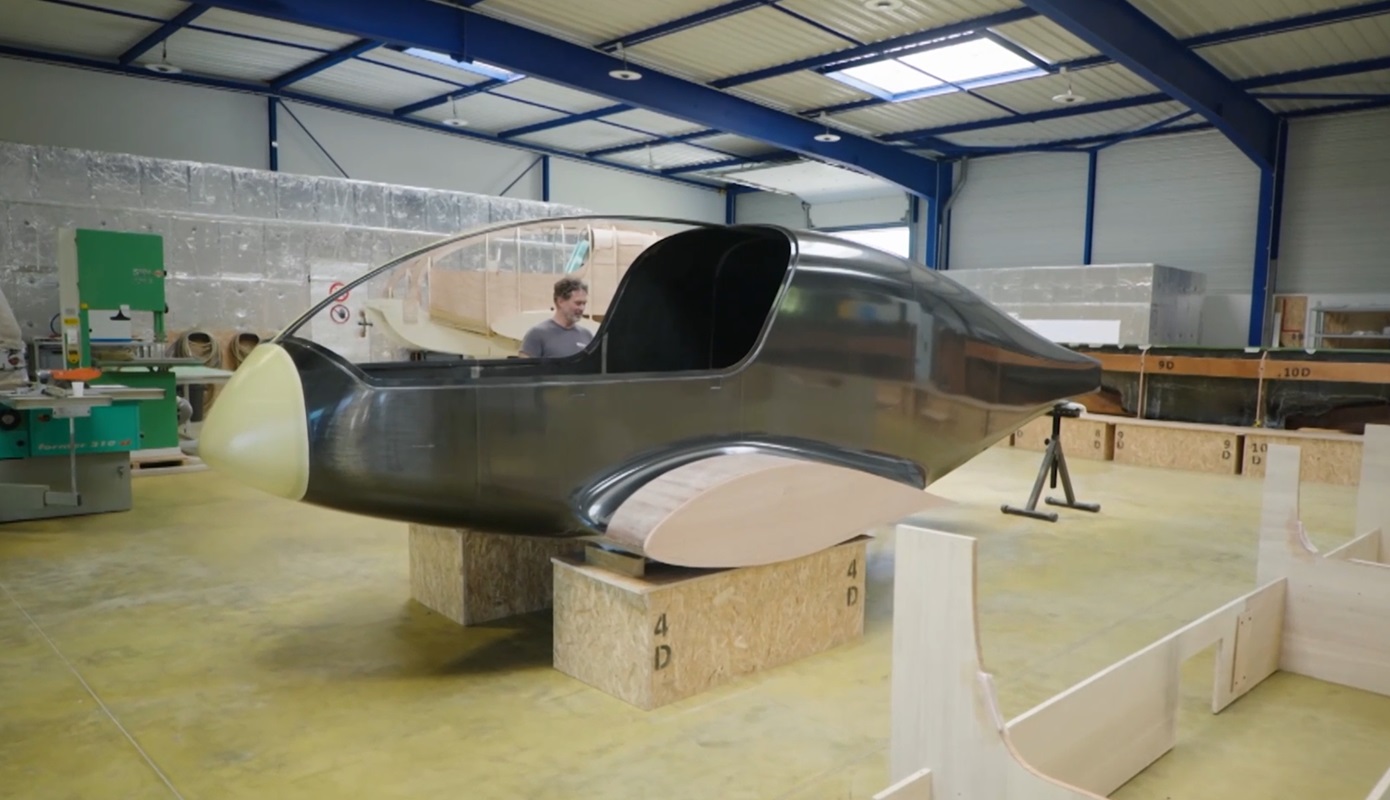
Will this hydrogen plane be the first to circumnavigate the world?
August 14, 2024The Climate Impulse team wants to use the aircraft to place the spotlight on clean air travel
Climate Impulse is a hydrogen plane being developed by a team that is seeking to demonstrate the value of H2 as an alternative aircraft fuel.
The goal is to one day fly it around the world
As excited as the team may be to circumnavigate the globe with their hydrogen plane, it’s important to remember that they are still contending with a number of design issues. Moreover, to be able to travel beyond the ultra-local, they will also need to face massive worldwide industry changes in order to ensure aircraft based on its design will be able to be maintained and refueled.
The aviation industry has been hard at work to find ways to reduce its carbon footprint. As a part of this strategy, governments and companies are racing to discover a new clean way to fuel air travel. Currently, H2 remains one of the top options being researched for this purpose.
Showing the potential of hydrogen plane technology
A team from Les Sables-d’Olonne, France is seeking to prove the potential of this hydrogen plane technology by building the aircraft with the goal of becoming the first to circumnavigate the globe under H2 power. This aircraft is called the Climate Impulse.

Hydrogen Plane – Climate Impulse Project – Source – CNBC
Bertrand Piccard, an explorer from Switzerland, is leading the research team. Piccard has considerable experience in clean alternative flight, as he was one of the team members behind the flight of the Solar Impulse, a solar-powered aircraft that flew around the world between 2015 and 2016. Piccard believes that this current project could become a key catalyst for the transformation of the aviation industry.
Decarbonizing aviation
 “A lot of people say that you cannot decarbonize aviation. Climate Impulse, that’s my call against defeatism, against skepticism, against all the people who say there are no solutions,” said Piccard in a recent media interview. “There are a lot of solutions, but hope will come only if we take action.”
“A lot of people say that you cannot decarbonize aviation. Climate Impulse, that’s my call against defeatism, against skepticism, against all the people who say there are no solutions,” said Piccard in a recent media interview. “There are a lot of solutions, but hope will come only if we take action.”
“If you want to be fully decarbonized, you can go on solar … but it’s not practical for commercial aviation,” he said. “If you have bigger planes, you need bigger batteries, and a part of your energy will be wasted by carrying the heavy batteries. So that’s the moment where it’s more efficient to go on hydrogen.”



 With over 15 years of reporting hydrogen news, we are your premier source for the latest updates and insights in hydrogen and renewable energy.
With over 15 years of reporting hydrogen news, we are your premier source for the latest updates and insights in hydrogen and renewable energy.
Why not use Kontak’s patented ammonia cracker to release hydrogen on-board the aircraft? Ammonia is universally available and carries 200% more hydrogen by weight than compressed and 43% more than liquid hydrogen. 83% of the weight of ammonia is nitrogen which would be exhausted so the aircraft would get lighter as it flies.